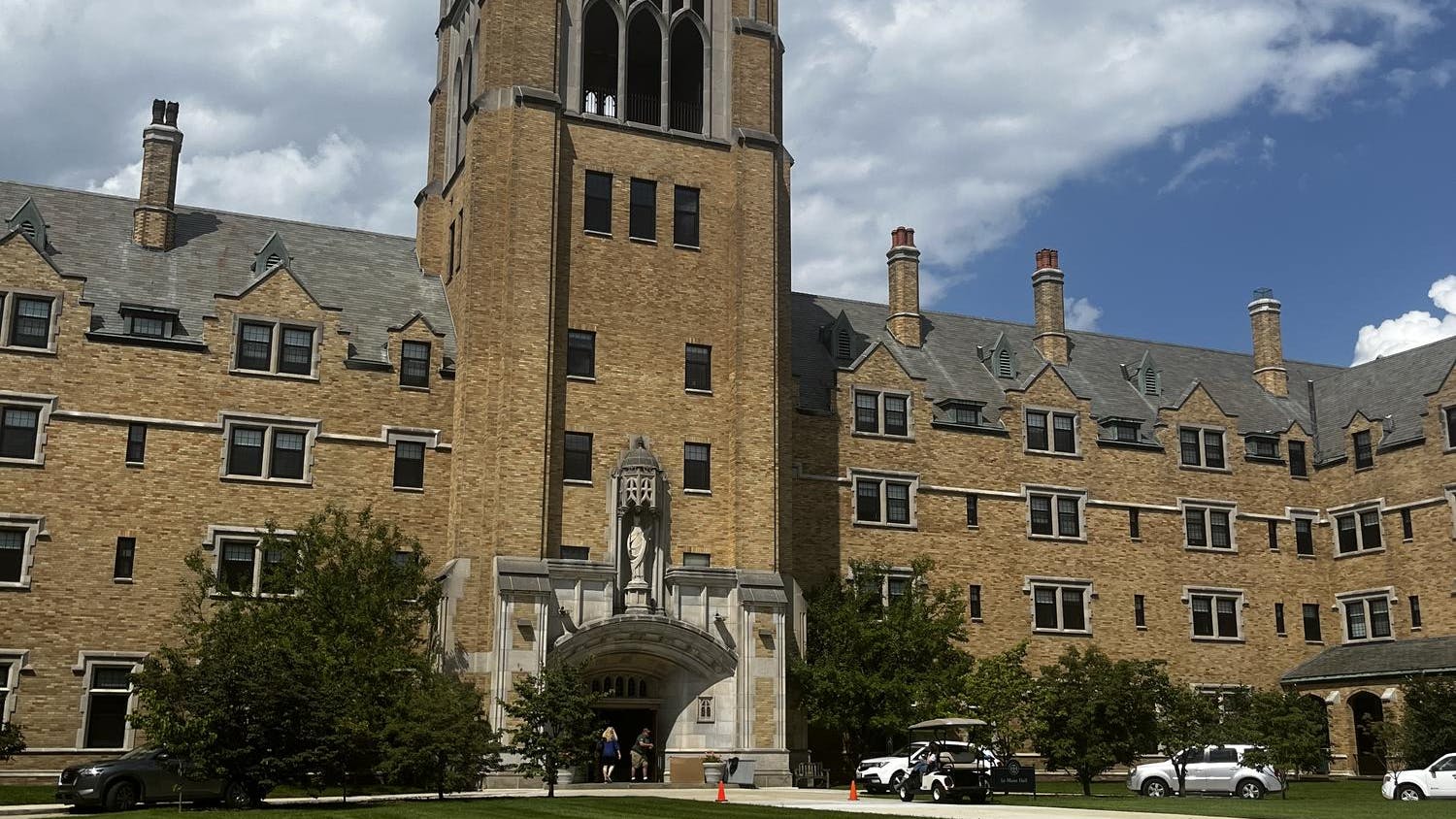Notre Dame’s environmental engineering program has now earned accreditation from the Engineering Accreditation Commission of the Accreditation Board for Engineering and Technology (ABET).
“There’s a process by which you first have to go through several years of your program, collect materials and information about your students and graduates, present that [to ABET] and then they consider you for accreditation,” said Robert Nerenberg, associate professor in the College of Engineering.
Incoming sophomores in the fall of 2013 were among the first students who participated in the environmental engineering program. Since then, the department has graduated 50 environmental engineering students.
The accreditation is retroactive to Oct. 1, 2015, meaning those alumni who graduated in the past now have accredited degrees, associate teaching professor Liz Kerr said. Kerr also currently serves as director of undergraduate studies in the Department of Civil & Environmental Engineering & Earth Sciences.
“The alumni that we have were the trailblazers,” Kerr said. “They were confident that they wanted to be in this major, and they trusted that we would get the degree accredited so they could have a more meaningful degree and get an engineering license.”
Nerenberg said it is a normal and natural step when a new degree is implemented to go through the accreditation process, and the department was accredited without any modifications.
Separately offering the environmental engineering degree and changing the name of the department from Civil Engineering and Geological Sciences to Civil and Environmental Engineering and Earth Sciences helped students become more aware of the environmental aspect, Nerenberg said.
The University’s environmental engineering program offers a variety of opportunities to engage students in the industry by combining practical environmental engineering projects with a strong theoretical foundation, Kerr said.
She said the students work on a local design project their senior year with other environmental and civil engineers to benefit the city of South Bend.
“This year they will be working on two different projects,” Kerr said. “There’s a western avenue project where they’re working on separating the combined sewer system and creating green infrastructure to help mitigate flooding during storm events, and then they’re also working on a project to upgrade the water treatment facility.”
Kerr said by bringing in community members and engaging the students with community projects, they receive a more realistic experience in the field.
Nerenberg said because all of the faculty in the department are active in research, undergraduates have more opportunities to be involved in research which allows the students to be further immersed in the field.
With growing problems including climate change, water scarcity and population growth, the field of environmental engineering will become even more prevalent, Nerenberg said.
“I think anyone who’s good at math and science and is interested in technical things should take a look at environmental engineering because we really are able to serve the public in a very direct way,” Nerenberg said. “We work on behalf of municipalities, state and federal governments looking after the health and safety of people.”













